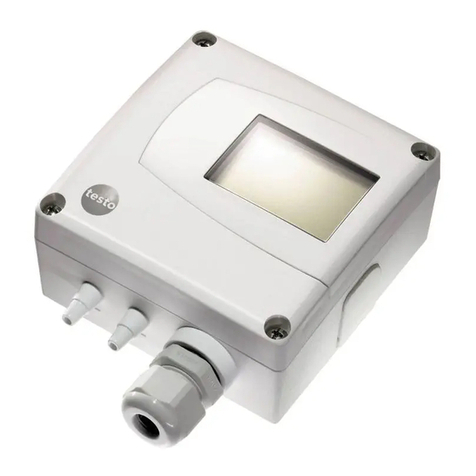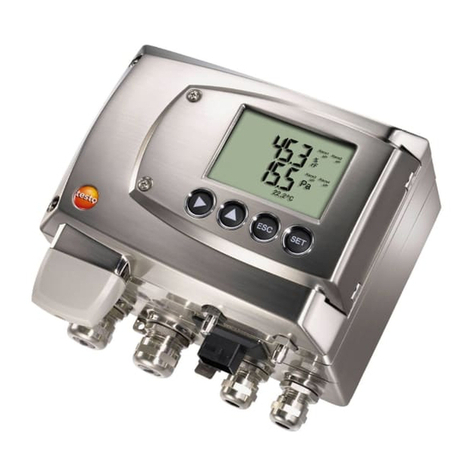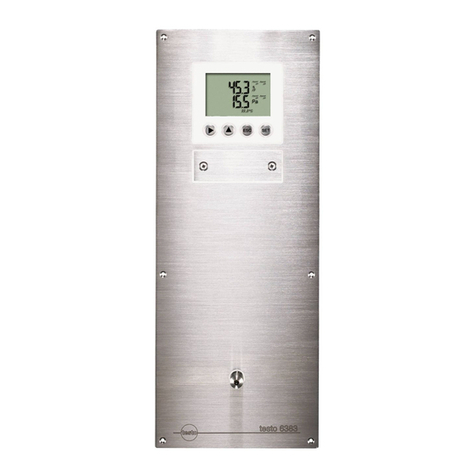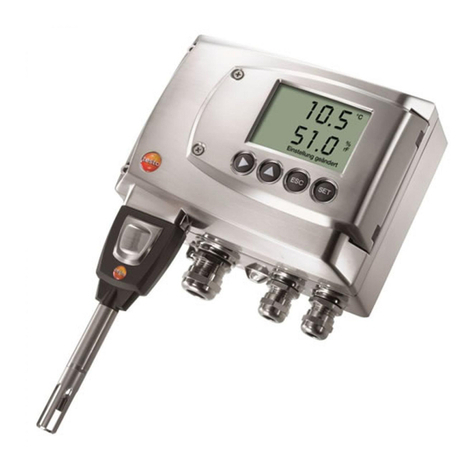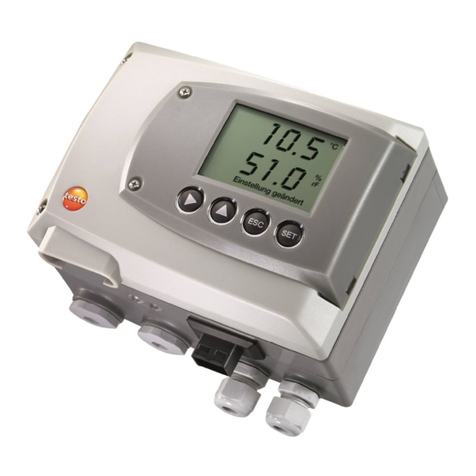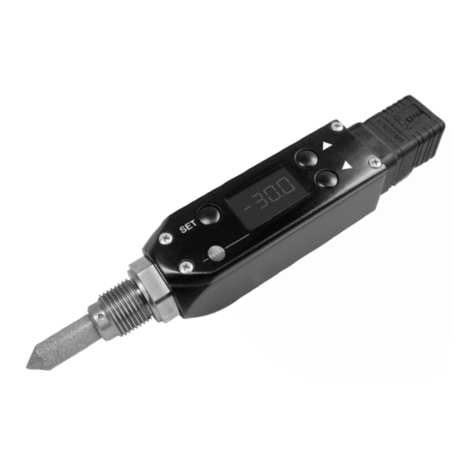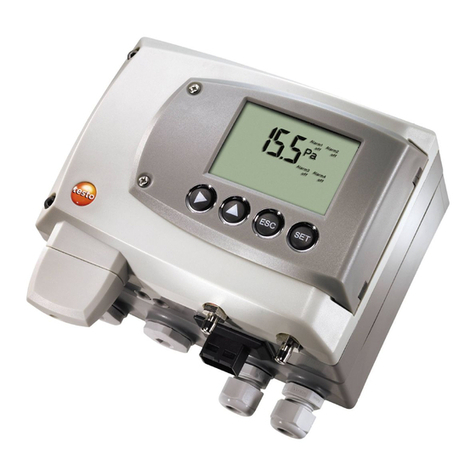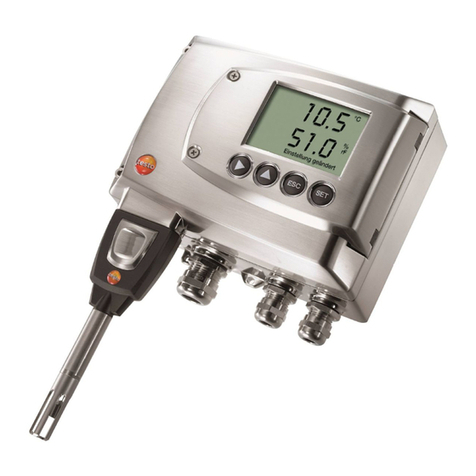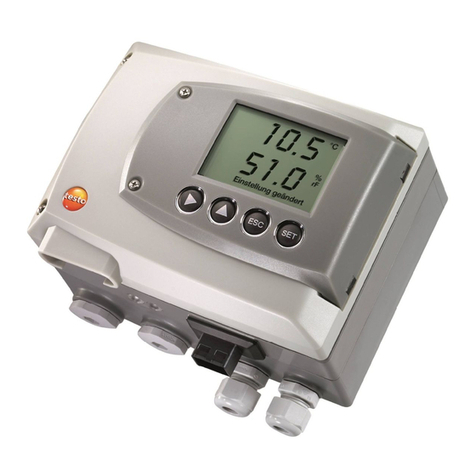
3 Contents
6
4.4.5.5. Editing Message main menu ...........................................................35
4.4.5.6. Calling up Main Menu Ident.............................................................36
4.4.5.7. Editing Main Menu Adjust................................................................37
4.4.5.8. Editing Reset main menu ................................................................39
4.5. Status, warning and error messages ............................................39
4.5.1. Status messages...........................................................................................40
4.5.2. Warning messages........................................................................................41
4.5.3. Transmitter error messages...........................................................................42
4.5.4. Handling alarm messages .............................................................................43
4.5.1. Namur fault conditions...................................................................................44
4.6. Maintenance and cleaning............................................................45
4.6.1. Maintaining the instrument.............................................................................45
4.6.2. Cleaning the instrument.................................................................................45
5Parameterizing, adjusting and analyzing software (P2A software)..47
5.1. Specifications................................................................................47
5.1.1. Functions and use .........................................................................................47
5.1.2. System requirements.....................................................................................48
5.1.3. Scope of delivery...........................................................................................48
5.2. First steps .....................................................................................49
5.2.1. Installing the software/driver..........................................................................49
5.2.1.1. Installing P2A software....................................................................49
5.2.1.2. Installing USB driver........................................................................49
5.2.1.3. P2A software upgrade.....................................................................49
5.2.2. Starting the software......................................................................................49
5.2.2.1. Starting the program........................................................................49
5.2.2.2. Establishing a connection with the instrument.................................49
5.2.2.3. Activating the connection with the instrument..................................50
5.3. Using the software........................................................................50
5.3.1. User interface................................................................................................50
5.3.2. Editing instrument/parameter file ...................................................................53
5.3.2.1. Changing instrument/parameter file.................................................53
5.3.2.2. Creating a new instrument file.........................................................60
5.3.2.3. Saving parameters..........................................................................61
5.3.2.4. Opening the parameter file..............................................................61
5.3.2.5. Copying and pasting parameters.....................................................61
5.3.2.6. Deleting instrument/parameter file...................................................62
5.3.3. Analyzing/testing the transmitter....................................................................62
5.3.3.1. Analyzing/testing the instrument......................................................62
5.3.3.2. Carrying out factory reset................................................................63
5.3.3.3. Testing analog output......................................................................63
5.3.3.4. Displaying min./max. values............................................................65
5.3.4. Adjusting the transmitter................................................................................66
5.3.4.1. 1-point adjustment...........................................................................66
5.3.4.2. Adjusting the analog output.............................................................68
5.3.5. Transmitter history.........................................................................................69






